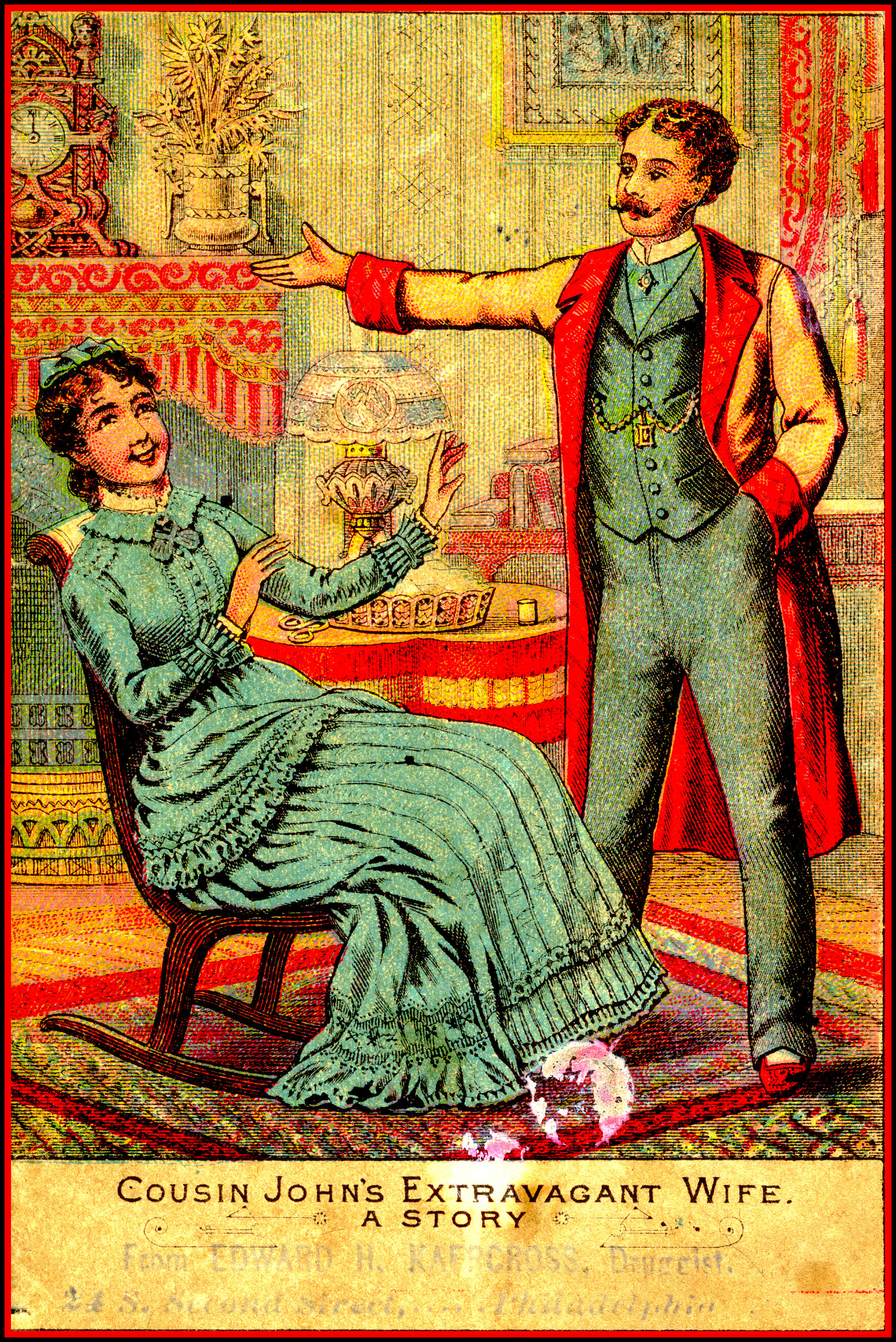Occasionally when searching for Victorian advertising trade cards, something else turns up.

Occasionally when searching for Victorian advertising trade cards, something else turns up. This booklet may have been the prototype for the modern sponsored TV program, the one that lasts at least half an hour advertising a single product over and over and.... Just why are you watching?
Originally shared by Jeff Diver
Are you Dyeing? If so, you'll want to read Emily Hayes' story "Cousin John's Extravagant Wife." Making do with what you have using Diamond Dyes is the theme. This free PDF [ http://bit.ly/CousinJohnsExtravaganWife ] also will attempt a cure for your various ailments in true Victorian fashion. Let us introduce you to a colorful world on the cheap!
#bestarnoldcards
#Dyes
#VictorianDiscoveries

Brought to you by the Ford Victoria...
ReplyDelete"Its To Dye For!" ;-)
ReplyDeleteYou know I love this one, Jeff Diver and I hope others read the story in the link, If you think Advertising is in your face now, you should see what they were doing back then.
ReplyDeleteGreat post, Jeff and lots of info! I got a chuckle out of the instructions for making your own dye. Many years ago my brother got a chemistry set and one task was to make dye. Without giving all the details, I’ll just share that the result was a ceiling splattered with indigo.
ReplyDeleteAnn Kennedy Uh oh! And I was just thinking about making a batch myself....:-)
ReplyDeleteFor coloring Easter eggs? Wasn't there arsenic in the dyes in that era??
ReplyDeleteINDIA STREET ANTIQUES / DANISH MODERN SAN DIEGO Yes, I believe you are correct. Green dye seems to have been particularly suspect, however I have not been able to come up with an ingredients list for Diamond Dyes. Wells, Richardson & Co., maker of Diamond Dyes, also made patent medicines. Those medications, if they were similar to their competitors, probably contained alcohol and cocaine among other nefarious unlisted ingredients. The Company went out of business some time after 1906, when the Pure Food & Drugs Act forced them to list their ingredients.
ReplyDelete